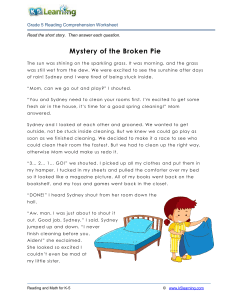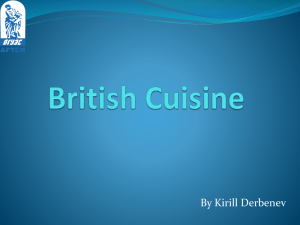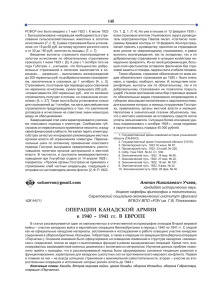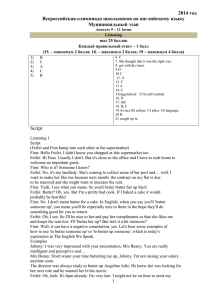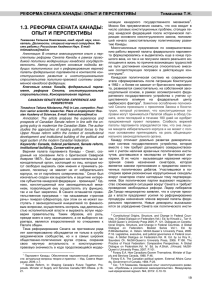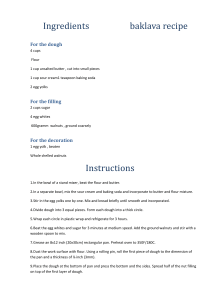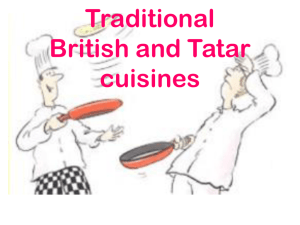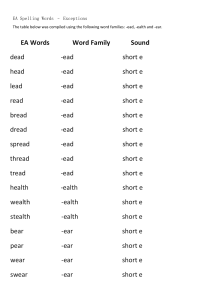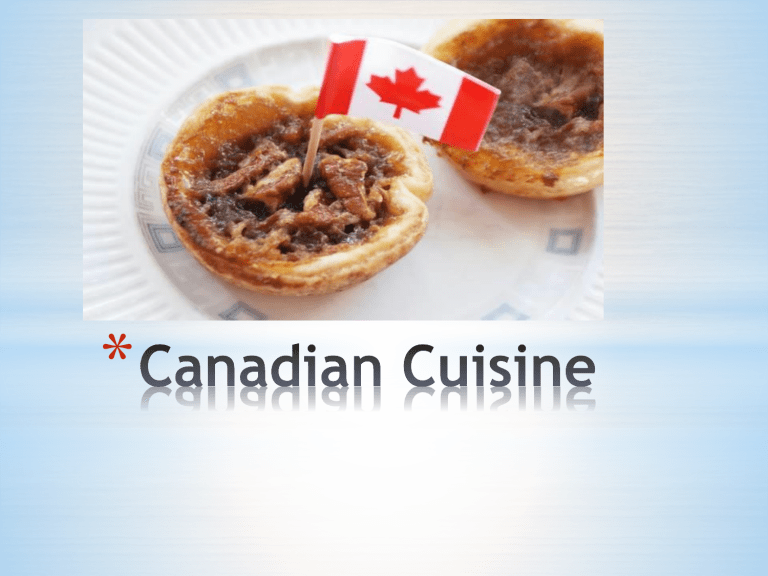
* * *A 1908 photo of an Ojibwe woman tapping for tree sap, which is made into maple syrup. * Mapple syrup * Salmon * Europeans * Settlers and traders from the British Isles account for the culinary influences of early English Canada in the Maritimes and Southern Ontario (Upper Canada), while French settlers account for the cuisine of southern Quebec (Lower Canada), Northern Ontario, and New Brunswick.Southwestern regions of Ontario have strong Dutch and Scandinavian influences. * In Canada's Prairie provinces, which saw massive immigration from Eastern and Northern Europe in the pre-WW1 era, Ukrainian, German, and Polish cuisines are strong culinary influences. Also noteworthy in some areas of the British Columbia Interior and the Prairies is the cuisine of the Doukhobors, Russian-descended vegetarians. * The Waterloo, Ontario, region and the southern portion of the Province of Manitoba have traditions of Mennonite and Germanic cookery. * The cuisines of Newfoundland and the Maritime provinces derive mainly from British and Irish cooking, with a preference for salt-cured fish, beef, and pork. Ontario, Manitoba and British Columbia also maintain strong British cuisine traditions. * Jewish immigrants to Canada during the late 1800s played a significant culinary role within Canada, chiefly renowned for Montreal-style bagels and Montreal-style smoked meat. A regional variation of both emerged within Winnipeg, Manitoba's Jewish community, which also derived Winnipeg-style Cheesecake from New York recipes. Winnipeg has given birth to numerous other unique dishes, such as the schmoo torte and "co-op style" rye bread and cream cheese. * East Asian * Much of what are considered "Chinese dishes" in Canada are more likely to be Canadian or North American inventions, with the Chinese restaurants of each region tailoring their traditional cuisine to local tastes. This "Canadian Chinese cuisine" is widespread across the country, with great variation from place to place. The Chinese buffet, although found in the United States and other parts of Canada, had its origins in early Gastown, Vancouver, c.1870. This serving setup came out of the practice of the many Scandinavians working in the woods and mills around the shantytown getting the Chinese cook to put out a steam table on a sideboard, so they could "load up" and leave room on the dining table (presumably for "drink"). * *Butter Tart * *Poutine * *Macaroni and cheese * Inuit bannock fried bread Rappie pie: grated potatoes and meat casserole. Calgary-style Ginger Beef Montreal-style bagels Oka cheese Canadian peameal bacon Butter Tart-is a type of small pastry tart highly regarded in Canadian cuisine and considered one of Canada's quintessential desserts. The tart consists of butter, sugar, syrup, and egg filled into a flaky pastry and baked until the filling is semi-solid with a crunchy top.The butter tart should not be confused with butter pie (a savoury pie from the Preston area of Lancashire, England) or with bread and butter pudding. Nanaimo Bar- is a dessert item of Canadian origin popular across North America.It is a bar dessert which requires no baking and is named after the west coast city of Nanaimo, British Columbia. It consists of a wafer crumb-based layer topped by a layer of light vanilla or custard flavoured butter icing which is covered with melted chocolate made from chocolate squares. Many varieties exist, consisting of different types of crumb, different flavours of icing (e.g., mint, peanut butter, coconut, mocha), and different types of chocolate. * Sugar pie is a typical dessert of the western European countries of Northern France and Belgium, the Canadian province of Quebec, and Midwestern United States states such as Indiana, where it is known as sugar cream pie (other names are Hoosier sugar cream pie, Indiana cream pie, Indiana farm pie, and finger pie). Bumbleberry Pie- is a pie made of at least three kinds of berries, but generally refers to a mixed-berry pie, as there is no such berry as a "bumbleberry". This pie often also contains apple and/or rhubarb. Berries commonly used in this pie may include blueberries, raspberries, strawberries, blackberries. Figgy Duff_ is a traditional Canadian bag pudding from the province of Newfoundland and Labrador most commonly served as a part of a Jiggs dinner. It is sometimes called a raisin duff. The word 'Figgy' (or figgie) is an old Cornish (UK) term for raisin; perhaps indicating the origin of the settlers who brought this dish to the area. * Canadian White Bread- is a style of bread produced by several bread companies including Pepperidge Farm, and J.J. Nissen. It has a thicker consistency than the regular white bread familiar in the United States. J.J. Nissen also offers other Canadian style breads. The term Canadian white bread is not used at all in Canada; similar to usage of the term Canadian bacon, Canadian white is referred to as "white bread" in Canada, and only called "Canadian white bread" when it is exported. The loganberry (Rubus × loganobaccus) is an hexaploid hybrid produced from pollination of a plant of the octaploid blackberry cultivar 'Aughinbaugh' (Rubus ursinus) by a diploid red raspberry (Rubus idaeus). The plant and the fruit resemble the blackberry more than the raspberry, but the fruit color is a dark red, rather than black as in blackberries. Loganberries are cultivated commercially and by gardeners. * Canada Dry is a brand of soft drinks owned since 2008 by the Texas-based Dr Pepper Snapple Group. For over a century Canada Dry has been known for its ginger ale, though the company also manufactures a number of other soft drinks and mixers. Although Canada Dry originated in its namesake country, it is now produced in many countries around the globe, including the United States, Mexico, Colombia, the Middle East, Europe and Japan. The "Dry" in the brand's name refers to not being sweet, as in a dry wine. When John J. McLaughlin, who first formulated "Canada Dry Pale Ginger Ale", originally made his new soft drink, it was far less sweet than other ginger ales then available; as a result, he labelled it "dry". * * A small sampling of Canadian foods. Top to bottom, left to right: Montreal-style smoked meat, Maple syrup, Peameal bacon, Butter tart, Poutine, Nanaimo bar *
